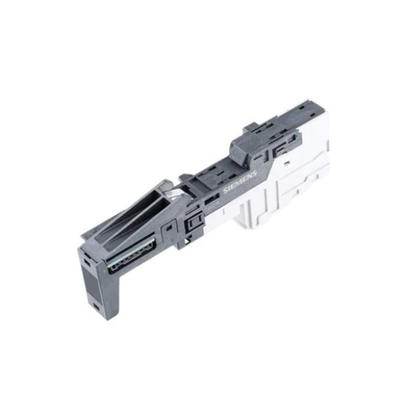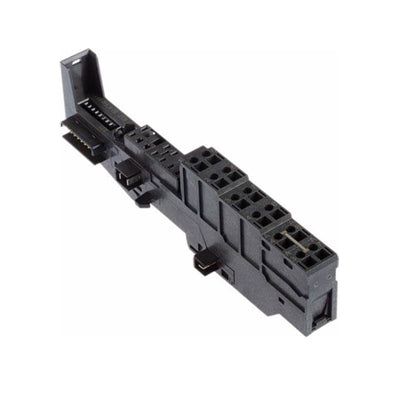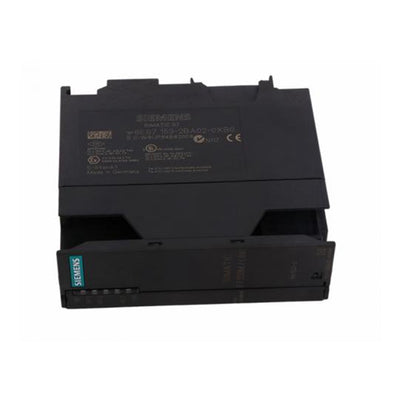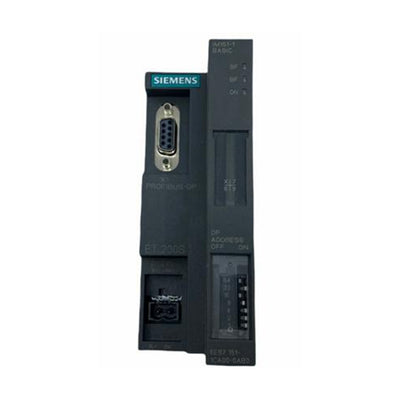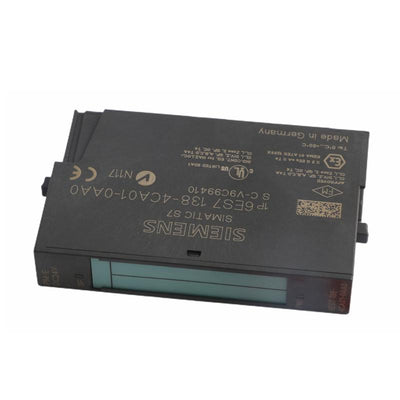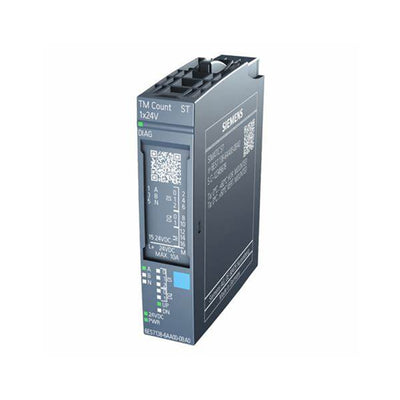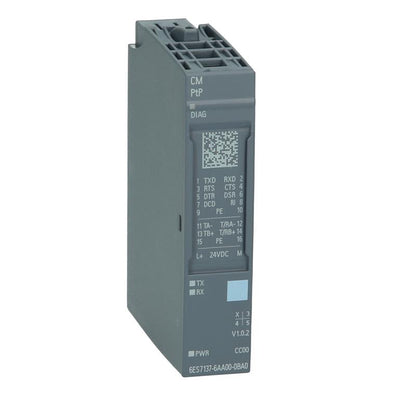Siemens' S7-200, S7-300, and S7-400 are all part of Siemens' popular SIMATIC S7 family of programmable logic controllers (PLCs). They are designed for various industrial automation applications but differ in complexity and target applications:
S7-200:
- Compact design: Ideal for smaller control tasks in applications with limited space.
- Easy to use and program: Suitable for beginners or those working on simpler automation projects.
- Limited functionality: Offers a good balance between affordability and features, making it suited for straightforward control tasks.
- Common applications: Material handling systems, lighting control, building automation, and standalone machines.
S7-300:
- More powerful than S7-200: Suitable for medium-sized applications requiring more processing power and functionality.
- Wider range of functions: Offers more advanced features for communication, control, and data handling compared to the S7-200.
- Scalability: Can be expanded with additional modules to accommodate growing needs of the automation system.
- Common applications: Manufacturing processes, machine control, data acquisition systems, and environmental control systems.
S7-400:
- Most powerful of the three: Designed for large-scale automation projects demanding high performance.
- Advanced functionality: Offers the most comprehensive set of features for complex control logic, high-speed processes, and demanding communication requirements.
- Modular design: Highly scalable to meet the needs of very complex industrial automation systems.
- Common applications: Power generation, oil and gas refineries, chemical processing plants, and large-scale manufacturing facilities.
Choosing the right S7 series depends on the specific needs of your automation project. Consider factors like the complexity of the control tasks, required processing power, communication needs, and budget constraints.




